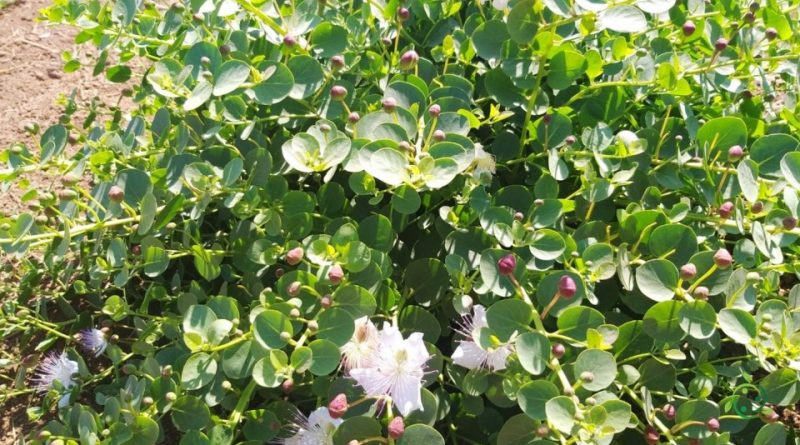How to intercrop the caper
How to intercrop the caper
The caper (Capparis spinosa L., 1753) is a plant that grows in the form of a small branched shrub or suffrutix with a prostrate-drooping habit of the Capparaceae family.
The buds of this plant, called capers, are consumed, and more rarely the fruits, known as cucunci or caper fruits. Both can be preserved in oil, vinegar or salt.
The caper plant goes dormant during the cold months. In full spring it resumes vegetative activity and flowers in the months of May and June. Flowering continues throughout the summer in favorable humidity conditions and resumes intensity in late summer to progressively decrease when autumn arrives.
Contrary to popular belief, capers can be grown in conjunction with other plants, allowing for an interesting agronomic and ecological interaction as well as income integration.
The caper can be associated with various plants, both herbaceous and shrubby or arboreal.
The intercropping of the caper allows you to create an environment favorable to its growth but also to that of the plants with which it is associated, to the soil and to the biocoenoses of other plant and animal organisms.
Among the plants that can be associated with capers we remember: lavender, savory, thyme, celery, tomatoes, artichokes, olives, etc. let’s look specifically at the positive effects of combining capers with some plants.
Lavender: Lavender attracts beneficial insects that can protect the caper from harmful pests.
Savory: this aromatic plant can promote the growth of capers thanks to its repellent properties against some harmful insects.
Thyme: Thyme can help maintain soil moisture and repel harmful insects, thus contributing to caper health.
Celery: Celery can provide shade and help retain soil moisture, creating a more favorable environment for caper growth.
Tomatoes: Although they may compete for resources, tomatoes can provide shade for capers and reduce soil erosion.
Artichokes: These can be a good companion option as they have similar soil and sun exposure requirements.
Olives: can provide shade and wind protection to the caper, creating a microclimate more suitable for its growth.
When intercropping capers with other plants, the pedoclimatic characteristics and the need for mechanization and processing of the two or more crops must always be taken into account.

